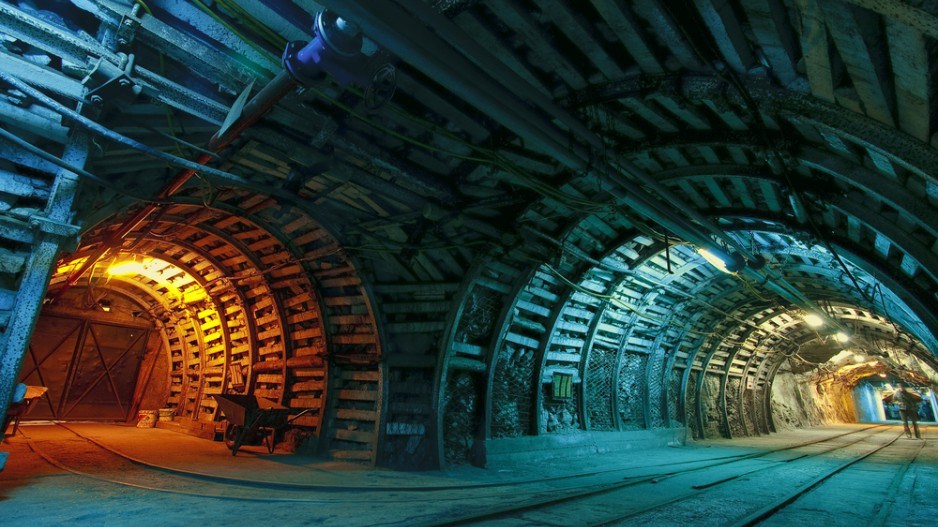British Columbia ranks 28th out of 122 mining jurisdictions around the world in terms of attractiveness for mining investment, according to the latest annual global survey of mining executives released February 24 by the Fraser Institute.
Canada’s policy think-tank’s Annual Survey of Mining Companies 2014 rates the jurisdictions around the world based on their geologic appeal and the extent to which government policies encourage exploration and investment.
Worldwide, B.C. slipped 12 spots from last year. The province is also one of the least attractive jurisdictions in Canada, coming in 10th out of 12 (Prince Edward Island was not part of the study) and the least attractive province with respect to policy, which looks at regulations, taxation and quality of infrastructure.
“In British Columbia, uncertainty concerning disputed land claims and ambiguity about what regions will be protected are deterrents to investment and exploration,” said Kenneth Green, Fraser Institute senior director of energy and natural resources and the survey’s leader.
The report specifically pointed to the Supreme Court of Canada’s decision that declared the Tsilhqot’in Nation had aboriginal title to more than 1,700 square kilometers of land in the province. The Tsilhqot’in have been in a long-running fight with Taseko Mines regarding the company’s proposed gold-copper mine in the area.
The mine, originally called Prosperity and then revamped as New Prosperity, received provincial approval before being rejected by the federal government twice. Conflicting conclusions between the two levels of governments was another reason cited by survey respondents for why B.C. was not an attractive place for mining investment.
Saskatchewan, on the other hand, was considered the most attractive jurisdiction for mining investment in Canada, and the second best worldwide,
What makes the potash and oil-rich province such a magnet to mining investors? According to Green, there are two key reasons: the province’s abundance of mineral potential, and Saskatchewan’s government transparent and productive approach to mining policy.
“The province offers a competitive taxation regime, good scientific support, efficient permitting procedures and clarity around land claims. That’s what miners look for,” said Green.
Canada as a country did fairly well, as four jurisdictions — besides Saskatchewan —finished in the top 10 worldwide: Manitoba (4), Quebec (6), Newfoundland and Labrador (8) and Yukon (9).
Quebec, which had got poor reviews in the last three years, climbed back up, which suggests the period of increased red tape, higher royalties and regulatory uncertainty may be coming to and end, the report shows.
Ontario also didn’t fare as well this year. Internationally, Ontario was placed 23rd, falling nine spots, compared with the 2013 survey.
“In Ontario, the New Mining Act amendments regarding First Nations consultation have resulted in complete incomprehensibility of rights on all sides,” Green said.
The latest survey included responses of 485 mineral exploration and development company executives from around the world. Exploration budgets reported by companies that participated in the study totalled US$2.7 billion in 2014 and US$3.2 billion in 2013, the Fraser Institute said.
The top four most attractive regions around the world for mining investment were Finland, Saskatchewan, Nevada and Manitoba.



